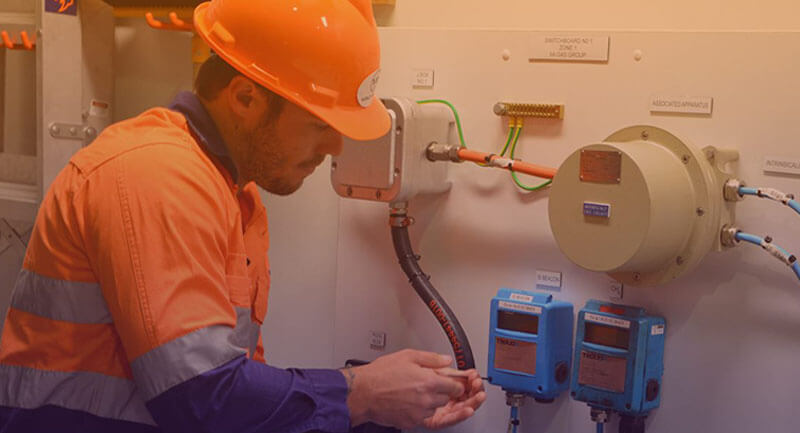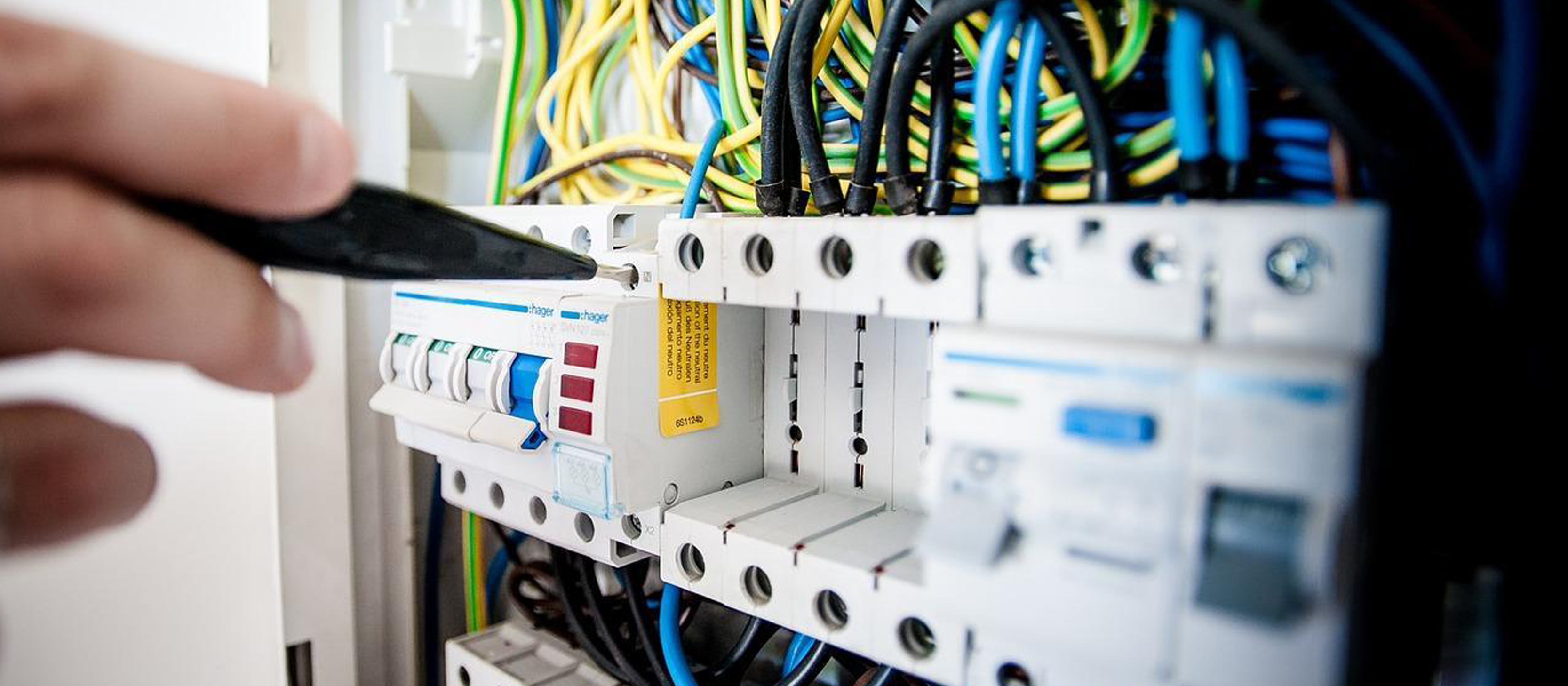

The course focuses on how to Identify and quantify the hazardous areas, how to Select appropriate electrical equipment and instruments for those areas and how to recognize the different methods of protection and how they work. It also gives a detailed explanation on how to Install, inspect and maintain the certified equipment
By the end of this course delegates will be able to:
Safety Practitioners, Electrical Engineers, Instrumentation Engineers, Technicians
This interactive Training will be highly interactive, with opportunities to advance your opinions and ideas and will include;
Introduction and History
Area Classification Exercise
Equipment Inspection
Pressurized Apparatus
Installation, Inspection and Maintenance
BTS attendance certificate will be issued to all attendees completing a minimum of 80% of the total course duration.
| Code | Date | Venue | Fees | Register |
|---|---|---|---|---|
| EE129-01 | 19-04-2026 | Dubai | USD 5450 | |
| EE129-02 | 28-06-2026 | Cairo | USD 5450 | |
| EE129-03 | 06-09-2026 | Amman | USD 5450 | |
| EE129-04 | 13-12-2026 | Dubai | USD 5450 |

Accurate troubleshooting and subsequent repair of electrical equipment is necessary in today’s sophisticated industrial environments to ensure continued efficient operation and productivity of the equ ...

Circuit breakers, fused switches and switchgear in the form of motor Control Centers (MCC) are necessary system items for the electrical control of electrical plant. The safe use of these devices and ...

The duty of a circuit breaker is to switch on and switch off, once or repeatedly several times different electrical circuits during normal as well as abnormal operating conditions. Circuit breakers an ...
Providing services with a high quality that are satisfying the requirements
Appling the specifications and legalizations to ensure the quality of service.
Best utilization of resources for continually improving the business activities.
BTS keen to selects highly technical instructors based on professional field experience
Since BTS was established, it considered a training partner for world class oil & gas institution
1st floor, Incubator Buildingو Masdar City, Abu Dhabi, UAE
Sun to Fri 09:00 AM to 06:00 PM
Contact Us anytime!
Request Info